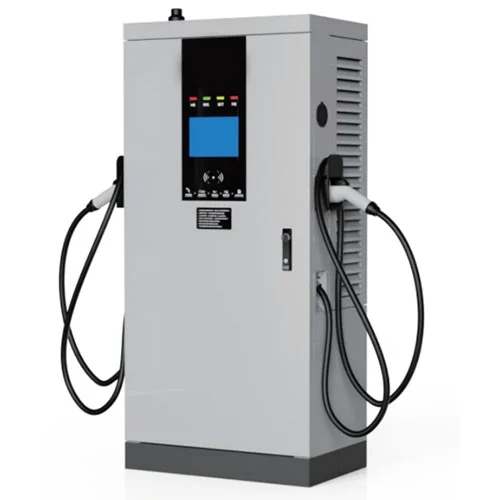What measures we should take when use DC EV Charger safely
2025-05-07
Using a DC EV charger safely involves understanding both the high power involved and the specific procedures for operation. Here are key safety measures you should take:
1. Read the User Manual
Always follow the manufacturer’s safety guidelines and instructions.
Understand the charger’s indicators, emergency stop procedures, and maintenance requirements.
2. Inspect Before Use
Check the charger, cable, and connector for damage or wear before plugging in.
Do not use the charger if the cable is frayed or the connector is cracked.
3. Use Compatible Equipment
Ensure the EV and charger are compatible (e.g., CCS, CHAdeMO).
Only use the charger for EVs designed to accept DC fast charging.
4. Dry Environment Only
Never operate the charger or connect/disconnect cables in heavy rain or while standing in water.
Keep connectors dry and clean.
5. Correct Connection/Disconnection
Plug in and unplug according to the instructions—typically, the vehicle should be off before connecting.
Wait until charging is fully stopped and the indicator confirms it's safe before unplugging.
6. Avoid Overheating
DC chargers can generate heat; ensure the area is ventilated.
If you notice excessive heat, pause charging and report the issue.

7. Monitor Charging
Don’t leave your vehicle charging unattended for long periods.
Use apps or on-screen displays to monitor progress.
8. Emergency Procedures
Know where the emergency stop button is located.
Report any sparks, smoke, or unusual sounds immediately and stop charging.
9. Authorized Access Only
Prevent children or unauthorized people from operating the charger.
Lock access panels or station enclosures when possible.
10. Maintenance and Inspection
Only qualified personnel should service or inspect the unit.
Follow regular maintenance schedules to ensure charger safety and longevity.
If you are interested in our products or have any questions, please feel free to contact us and we will reply you within 24 hours.


